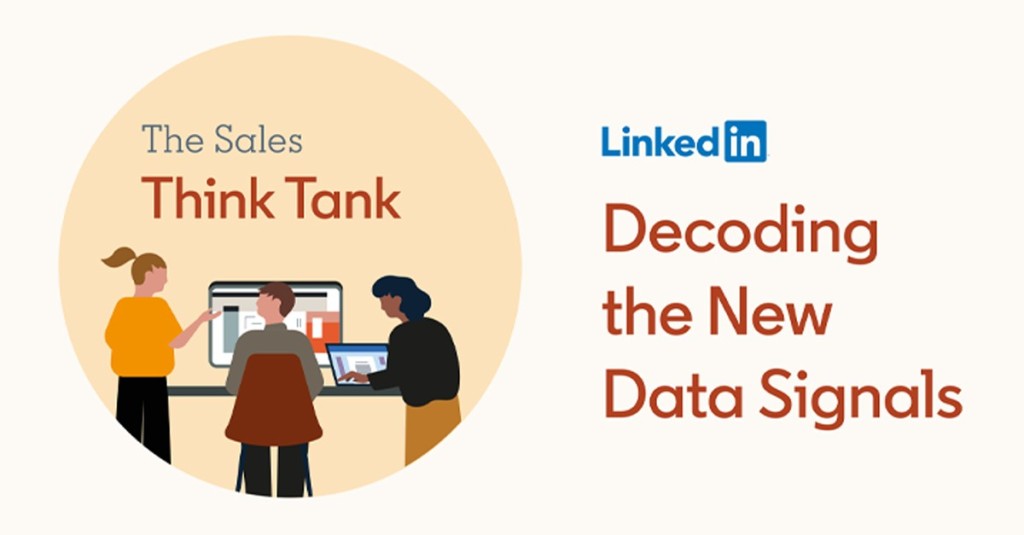B2B sales strategies and trends
Decoding the New Data Signals
The move to remote working hasn’t changed the skillsets all great salespeople need, but the proliferation of data and new technology means access to new insights and buying signals. We spoke to sales industry experts from Citrix and Tact.ai to discuss to how organisations can interpret the vast amount of data at the fingertips on our recent Sales Think Tank video series.
According to McKinsey, 97% of decision-makers are happy to make purchases through a wholly digital journey, so these new ways of working are here to stay – pandemic or no pandemic.
But are we tuning into the most important data, and how can technology help us to understand buyer intentions and signals? Let’s take a look at the key points to bear in mind.
1. Make sales data your companion
There’s a lot of data about, but if you can’t act on it, it’s probably not very useful. But armed with the right technology, sales teams can sift through data to identify who to approach and when. Sales Navigator’s buyer interest alerts, for example, let sellers know when employ- ees at your target accounts are researching your company or what types of content they’re sharing.
Sorting the genuine buying signals from the digital noise in the post-Covid world will be important: just 20-30% of B2B buyers globally say they will need to interact with sales reps in person again in the future.
2. Deep-dive into your buyer's needs
Using data can not only identify which prospects to reach out to, it can also help you identify problems that customers have right now, thanks to the sophistication of today’s artificial intelligence-based CRM systems. For example, the CRM may take a number of sources of information to provide contextual nudges or alerts to the seller about the needs of the individual buyer.
Using technology in this way allows you to approach the customer with the right solution, at the right time. For our clients, this use of data ultimately makes for a richer experience.
3. Playing the numbers game
As a rule of thumb, talking to 100 clients might mean two or three becoming qualified opportunities, so putting the right data at the centre of the client engagement process can mean spectacular results. For example, Think Tank panellist Barry Magee of Citrix Systems reports a qualified lead rate of 20% and a 10X improvement in conversion rates over the last year-and-a-half using relevant insights from data. That’s meant enormous improvements in productivity.
Not only that, but Citrix’s strategy has also helped build a bigger short-term sales pipeline. New customers tend to require immediate assistance, rather than in a year’s time, shortening the sales cycle and boosting revenue.
4. Make the most of limited face-time
Remote working means that some of the more informal opportunities for interaction with the buyer – a coffee break, or the walk to and from reception, which often yielded insights into their needs and built trust – are no longer available. Online calls do provide the chance to record the proceedings, which can be great for follow-up, but they also mean some of the opportunities to pause and think about the conversation (on the journey, for example) are lost as diaries fill up with back-to-back meetings.
Clued-up sales reps will now do more research than ever before a sales call. Buyer behaviour has also changed, with a greater emphasis on hard facts. But this is no bad thing. Buyers being well-informed saves time, and in some markets, the sales cycle is shorter as a result.
Topics: Sales ops B2B sales strategies and trends Modern selling
Related articles


